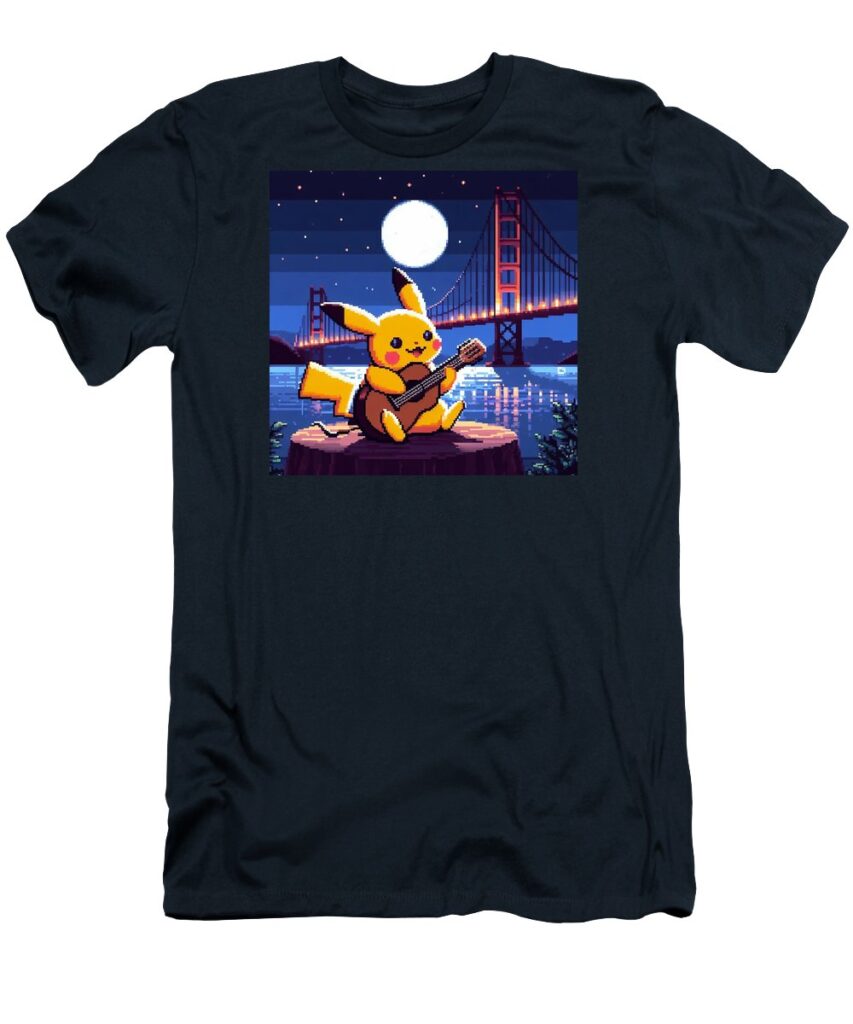
Indie music, commonly known as Indie, emerged in the 1970s and 1980s as a response to the widespread commercialization of the music industry. This movement emphasized artistic autonomy and independent production by bands and record labels. From its inception, it embraced a diversity of styles, ranging from post-punk to jangle pop.
As the 1990s unfolded, Indie experienced a notable surge, capitalizing on the globalization of alternative music. Bands like Nirvana and Radiohead, despite signing with major labels, were considered integral to the movement due to their creative approach and distinctive sound. Throughout that decade, the genre diversified into various subcultures, with the rise of Britpop in the UK and Indie Rock in the United States.
In the 21st century, Indie has evolved in various directions, incorporating elements of folk, electronic, and other genres. Social media and streaming platforms have democratized distribution, enabling independent artists to reach global audiences without relying on major record labels. Today, the term «Indie» encompasses a broad spectrum of sounds, from experimental to accessible, reflecting the diversity and creative independence prevalent in the current musical landscape.
The concept of independence in Indie goes beyond production and distribution; it extends to artistic freedom. Many Indie artists value the opportunity to explore unconventional sounds and delve into more personal lyricism without the pressure to conform to commercial trends. This mindset has contributed to the richness and vitality of the independent music scene, where authenticity and creativity remain fundamental pillars. In summary, Indie has transitioned from a counter-cultural movement to a vibrant and diverse space that celebrates artistic independence and sonic innovation.

indievalleymusic.com «El Valle Virtual de la Música Independiente»
